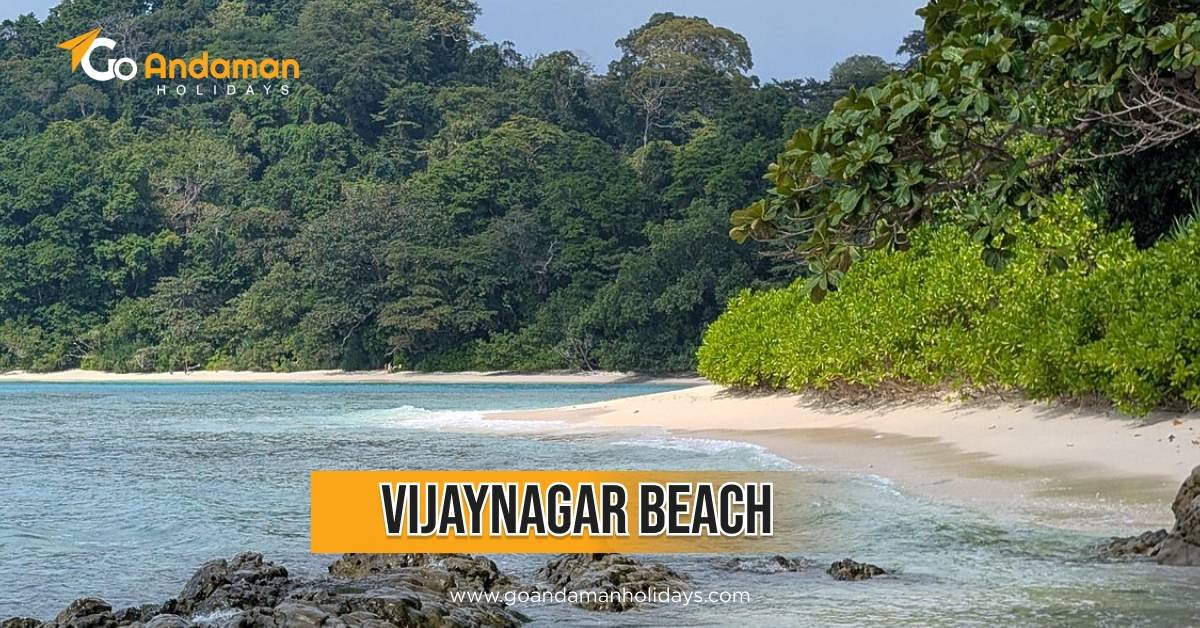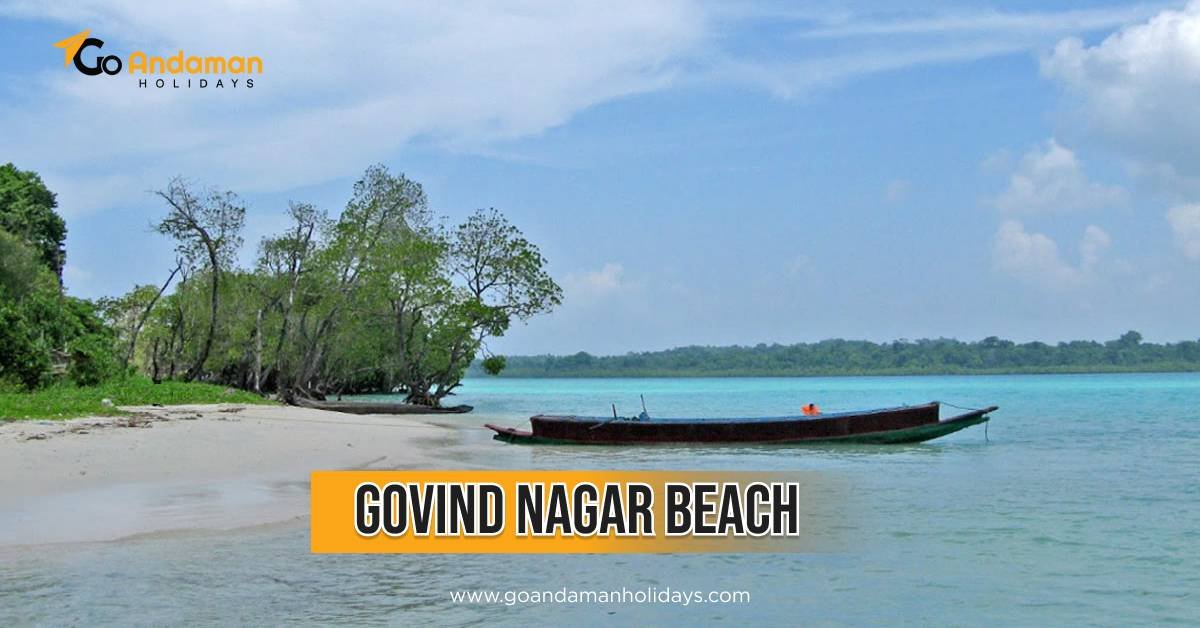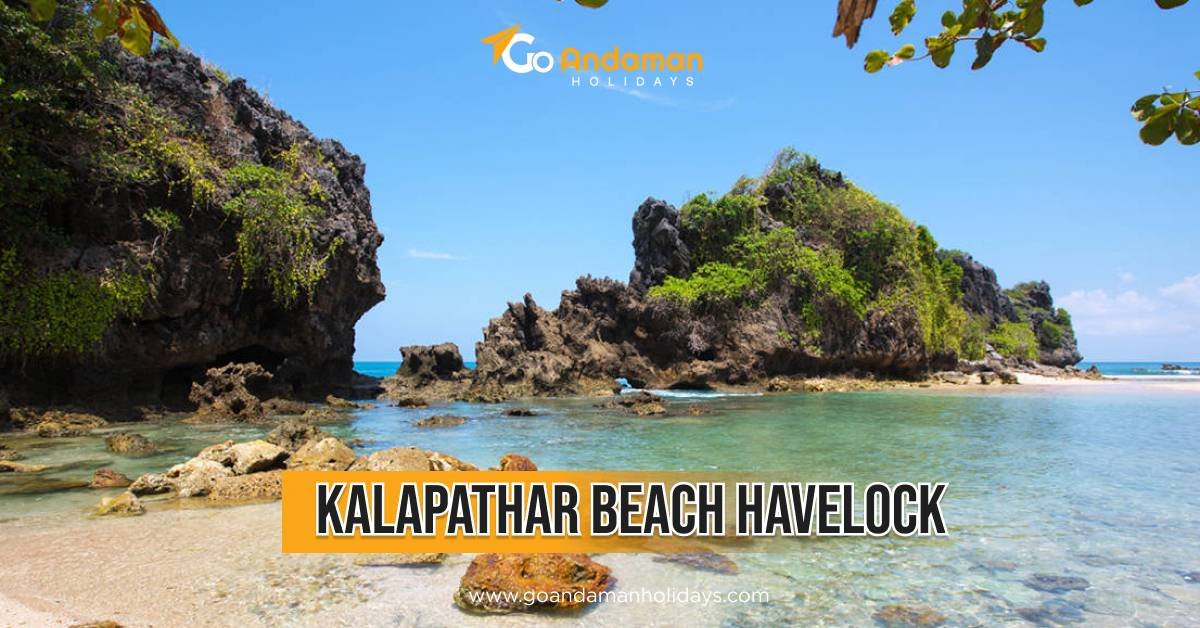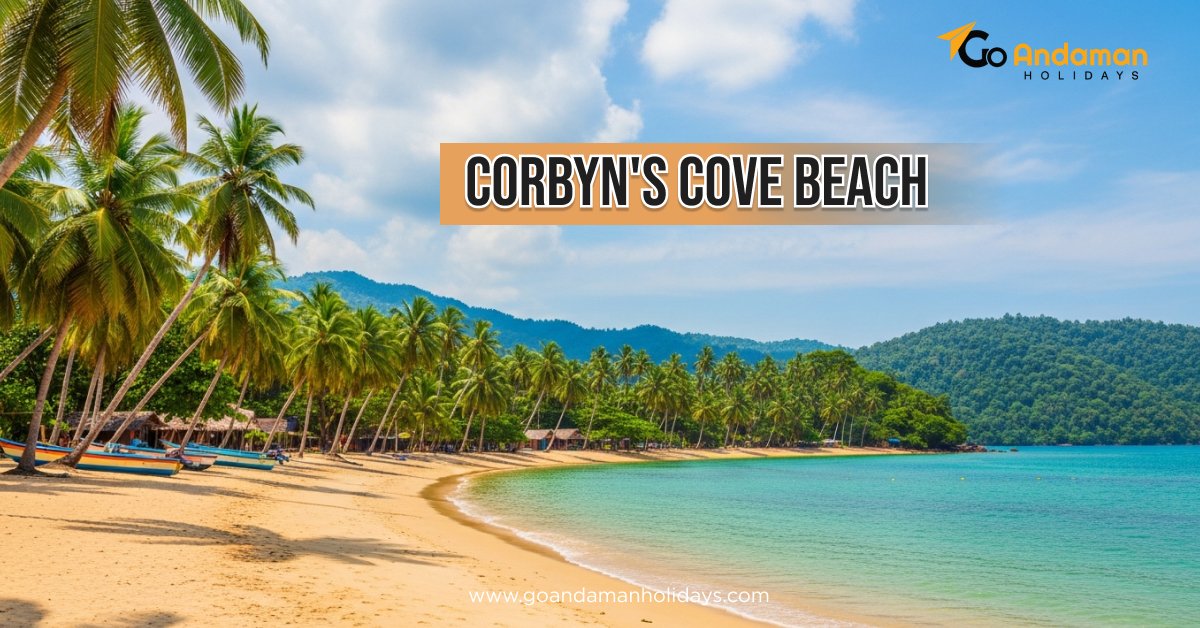
- Suresh Kumar
- 05-06-2025
- 0 Comments
Traditional Dress of Andaman and Nicobar Islands: A Cultural Insight
The Andaman and Nicobar Islands, a scenic union territory of India lying in the Bay of Bengal, are renowned for their exotic beaches, rich green forests, and rich marine life. But there is also a rich cultural texture of indigenous people which is not much touched by modernity. Of the several things that make up the cultural identity of this archipelago, the indigenous apparel of the Andaman and Nicobar Islands is one of a kind, representing heritage, tribal identity, and accommodation of the tropical climate.
In this detailed tour, we embark on the history, way of life, and unique traditional attire of the tribes and peoples who call these islands home. If you are either a culture buff, a travel writer, or simply interested in the dress of Andaman and Nicobar Islands, this article provides an entire cultural perspective into the clothing and what it signifies.
A Brief Overview of the Cultural Landscape
Before embarking on the traditional wear, it is important to know about the cultural composition of the Andaman and Nicobar Islands. The region is made up of over 500 islands with only a few inhabited. The inhabitants are generally divided into two categories:
-
Indigenous Tribes
-
Great Andamanese
-
Onges
-
Jarwas
-
Sentinelese (uncontacted)
-
Shompens
-
Nicobarese
-
Mainland Settlers
-
Migrants from Tamil Nadu, West Bengal, Kerala, Andhra Pradesh, Punjab, and Bihar who settled here after independence.
Both of these groups vary extensively in their dressing habits—whereas the settlers dress in the usual Indian attire based on their home states, the indigenous tribes have held onto their traditional clothing, which is simple and practical.
Climate and Its Influence on Dressing
The Andaman and Nicobar Islands possess a tropical climate with high humidity, dense rainfall, and moderate to high temperatures year-round. It goes without saying that the dress of Andaman and Nicobar Islands adapted to these climatic conditions. Loose clothing, light clothing, and natural fibers are prevalent, particularly among the local tribes.
Traditional Dress of Indigenous Tribes
Every tribal community in the andaman and nicobar package possesses a different culture, language, and dressing style. Their attire is deeply connected with their surroundings and way of life, which usually includes hunting, collection, and fishing. Following is a preview of the way every tribe dresses traditionally:
1. Great Andamanese
One of the oldest known island tribes, the Great Andamanese people had a population in the thousands but have now reduced to only a few dozen.
-
Men: Used belts of hibiscus fiber or bark cloth to cover their waists in the traditional way. At other times, they used animal skins or leaves.
-
Women: Had skirts made of plant fibers and beading ornaments. Natural dyes were used for body painting, which was also a mode of expression.
Accessories: Shells, bones, feathers, and beads were the norm.
2. Onges
The Little Andaman Island is inhabited by the Onge people. They are semi-nomadic and depend greatly on nature.
-
Men and Women: Their clothes are sparing, primarily for covering basic needs with the use of tree bark, leaves, and strips of cane.
-
Body Art: White clay is used by the Onges for body painting during rituals and celebrations.
-
Cultural Significance: Their attire is not only practical—it is imbued with symbolic values associated with status and religion.
3. Jarwas
The Jarwas are among the most secluded tribes, dwelling in the dense Andaman forests of South and Middle Andaman.
-
Clothing: Jarwas, like the Onges, wear minimal attire—bark strips and fiber skirt are some of the common clothing items.
-
Body Decoration: They ornament their bodies with charcoal, clay, and ash for ritual and camouflage reasons.
-
Respect for Nature: Their clothing materials are eco-friendly, demonstrating respect for the natural world.
4. Sentinelese
The Sentinelese inhabit North Sentinel Island and are absolutely isolated from the external world. Any information available regarding them is gleaned from far-off observations.
-
Clothing: They seem to have no clothes or extremely basic clothing made of plant fibers.
-
Isolation: Since they refused to interact with outsiders, their dressing and culture are among the last unspoiled by civilization.
5. Shompen
Residents of Great Nicobar Island, the Shompen are nomadic by nature and avoid interaction.
-
Clothing: The attire consists only of bark or leaf loincloths.
-
Adornments: Use of cane, beads, and feathers is evident when in community gatherings.
-
Gender Differences: Men and women both dress in the same type of style, although women's clothing might offer a bit more coverage.
6. Nicobarese
The Nicobarese are among the more modernized and settled of the tribes. They mainly live on the Nicobar Islands.
-
Men: Dress in cloth lungis or wraparounds, and occasionally shirts or T-shirts.
-
Women: Dress traditionally in a length of cloth wrapped around the waist and chest like a sarong.
-
Modern Influence: Their clothes today are similar to mainland Indians but still carry cultural aspects such as handloom clothes and tribal ornaments.
Settler Community Traditional Dress
With migration after independence, the islands experienced an influx of individuals from Indian states. Each carried their traditional dress, and thus andaman and nicobar package became a melting pot of fashion in India.
1. Bengali Settlers
-
Men: Opt for cotton dhotis, lungis, and lightweight kurta.
-
Women: Cotton or silk sarees draped in traditional Bengali fashion.
2. Tamil and Telugu Communities
-
Men: White veshti (lungi) and shirt.
-
Women: Sarees with local draping patterns, preferably made of loose-weave materials such as cotton.
3. Punjabi Migrants
-
Men: Salwar-kameez or kurta-pajama, particularly during festival occasions.
-
Women: Salwar suits or sarees, which are usually decorated with vivid embroidery.
4. Malayali Population
-
Men: Mundu (variant of the lungi) and shirt.
-
Women: Traditional Kerala sarees or salwar-kameez, depending on the occasion.
Fabrics, Materials, and Local Craftsmanship
The Andaman and Nicobar Islands' dress is largely dependent on the availability of local, light, and sustainable materials.
-
Natural Fibers: Tree bark, hibiscus fibers, and coconut husks are employed by tribes.
-
Cotton: Most popular fabric among settlers owing to the hot and humid climate.
-
Handloom Textiles: While not originally inhabitants of the islands, Tamil Nadu and West Bengal settlers introduced weaving that is still active today.
Changing Dress Through Time
Whereas tribal dress has remained untouched through isolation and an inward-oriented lifestyle, the settler community has slowly adopted modern dress. Yet during festivities or communal gatherings, traditional dress is actively donned.
Nicobarese have experienced most change—one wears modern attire nowadays, particularly the youth, but for cultural performances and weddings, traditional attire is brought back.
Festivals and Cultural Events: Display of Traditional Dress
Festivals are the best time to see Andaman and Nicobar Islands' dress in all its colorful splendor.
1. Ossuary Feast (Pig Festival) – Nicobar Islands
A major celebration among the Nicobarese, where people wear traditional dress, perform folk dances, and feast together.
2. Island Tourism Festival – Port Blair
This ten-day festival includes cultural performances by both settlers and tribes. Tribal dances, fashion shows, and folk music are performed in full traditional attire.
3. Indigenous Cultural Events
Occasionally organized by the government or NGOs, these events highlight tribal culture, including dress, music, and crafts.
Gender, Identity, and Traditional Clothing
Clothing is usually associated with gender roles in indigenous cultures. Men and women both have functional clothing appropriate to their daily tasks such as hunting, gathering, or fishing. Women's clothing may, however, consist of other ornaments or decorative pieces that denote marital status or clan affiliation.
In settler societies, traditional gender roles are more accentuated in styles of clothing, with women normally wearing sarees or suits, and men wearing dhotis, lungis, or trousers.
Modern-Day Challenges and Cultural Conservation
Globalization, tourism, and urban migration are creating serious threats to the conservation of the traditional clothing of Andaman and Nicobar Islands. Although the government does its best to protect tribal communities, numerous communities—particularly the Nicobarese—are undergoing fast cultural changes.
Measures are being undertaken to:
-
Foster cultural festivals.
-
Document tribal clothing.
-
Promote indigenous crafts and fabrics.
-
Create awareness regarding the cultural significance of traditional clothes.
Fashion and Tourism: An Emerging Trend
Visitors to the islands tend to be interested in tribal attire and art. Although buying tribal dress is not possible due to ethical reasons, replicas and motivated clothes are sold at local shops. Some of these include:
-
Beaded necklaces
-
Coconut fiber hats
-
Tribal-print scarves
These assist in propagating the look of the islands while encouraging local artists.
Final Thoughts: Why the Dress of Andaman and Nicobar Islands Matters
The customary Andaman and Nicobar Islands attire is not merely cloth—it is a living repository of native wisdom, sustainability, and resilience. It is the bark-fiber belts of the Onges, the colorfully wrapping Nicobarese, or the cultural sarees of Bengali settlers alike that are attires speaking narratives of hope, identity, and belonging.
As modernization and tourism continue to reconfigure these islands, knowledge and understanding of the traditional dress becomes a necessary step in helping to preserve one of India's most diverse and distinctive cultural topographies.
Frequently Asked Questions(FAQs)
What is the dress of Andaman and Nicobar?
The very old-style dressing of the people from the Andaman and Nicobar Islands is a test of culture and heritage. Garments such as kurtas, dhotis, sarees, salwars, pyjamas, shirts, and trousers are worn in the islands of Andaman and Nicobar. The Andaman and Nicobar Islands also had traditional modes of dressing, such as aprons, bark clothing, or leaves used for dressing.
What is the traditional dress of Andaman and Nicobar Islands in Sanskrit?
The costume of the Andaman and Nicobar Islands is referred to in Sanskrit as "?????? ??????? ????" (Aandhamaan Nikobaar Veshah).
What is the traditional of Andaman and Nicobar Islands?
Nicobari art & culture is in harmony with their environment & requirements. Their large seafaring canoes are so skilfully built that they are light and portable, each made from one piece of wood hollowed very carefully. Music & Dance are shining areas of Nicobari culture. Dancing always is performed with singing.
YOU MAY ALSO LIKE:-
The Ultimate Guide to Visiting Diglipur Island in the Andaman Archipelago
How to Plan Your Trip to Andaman from Bangalore: A Complete Guide




